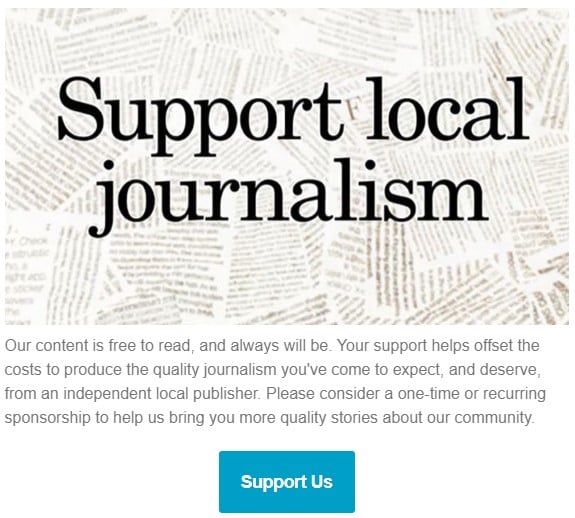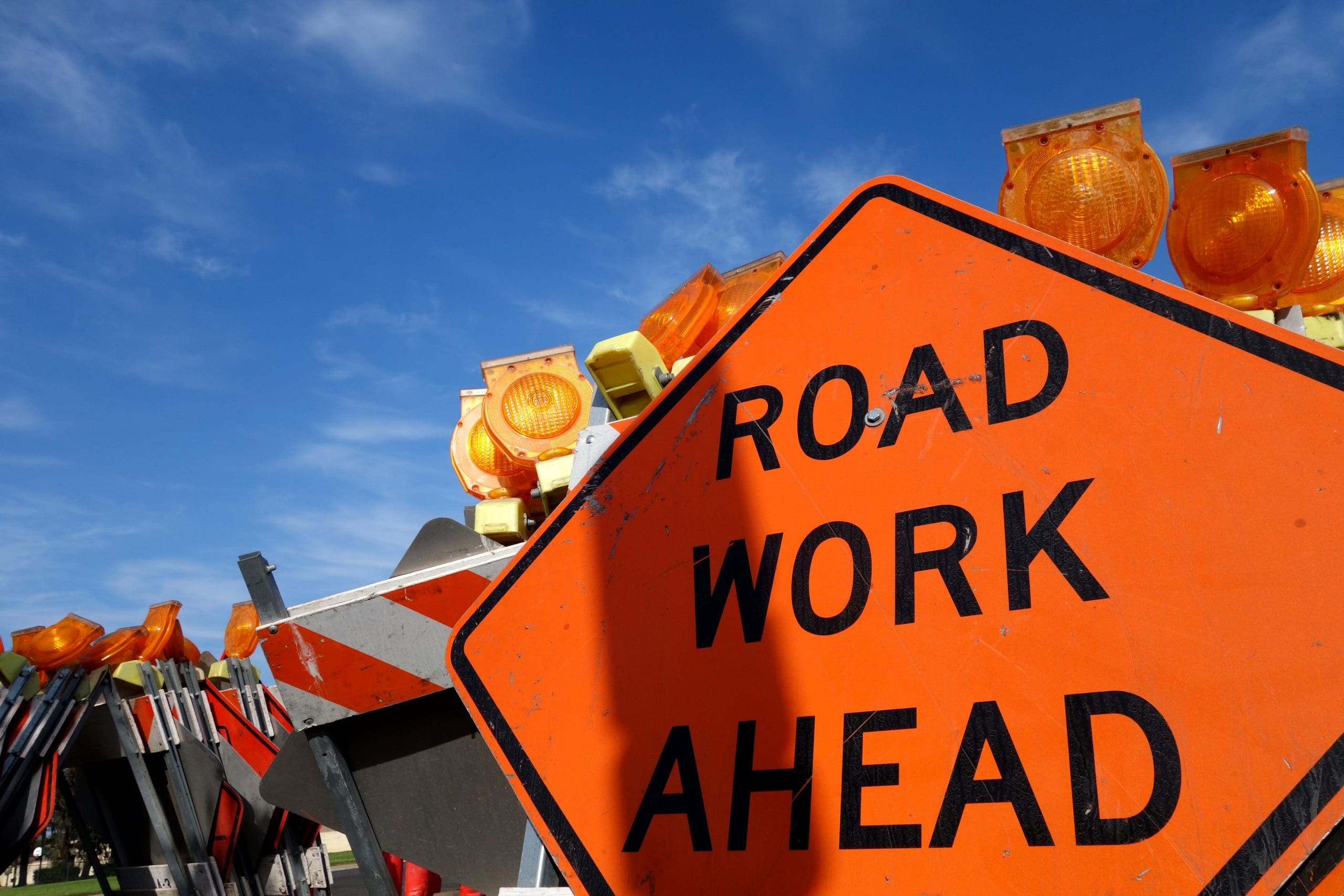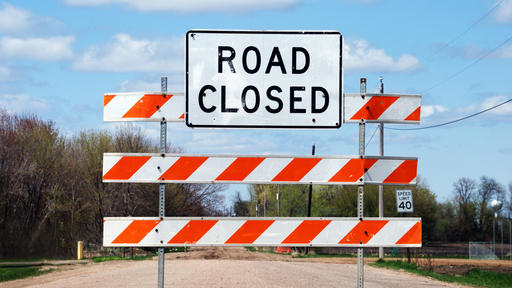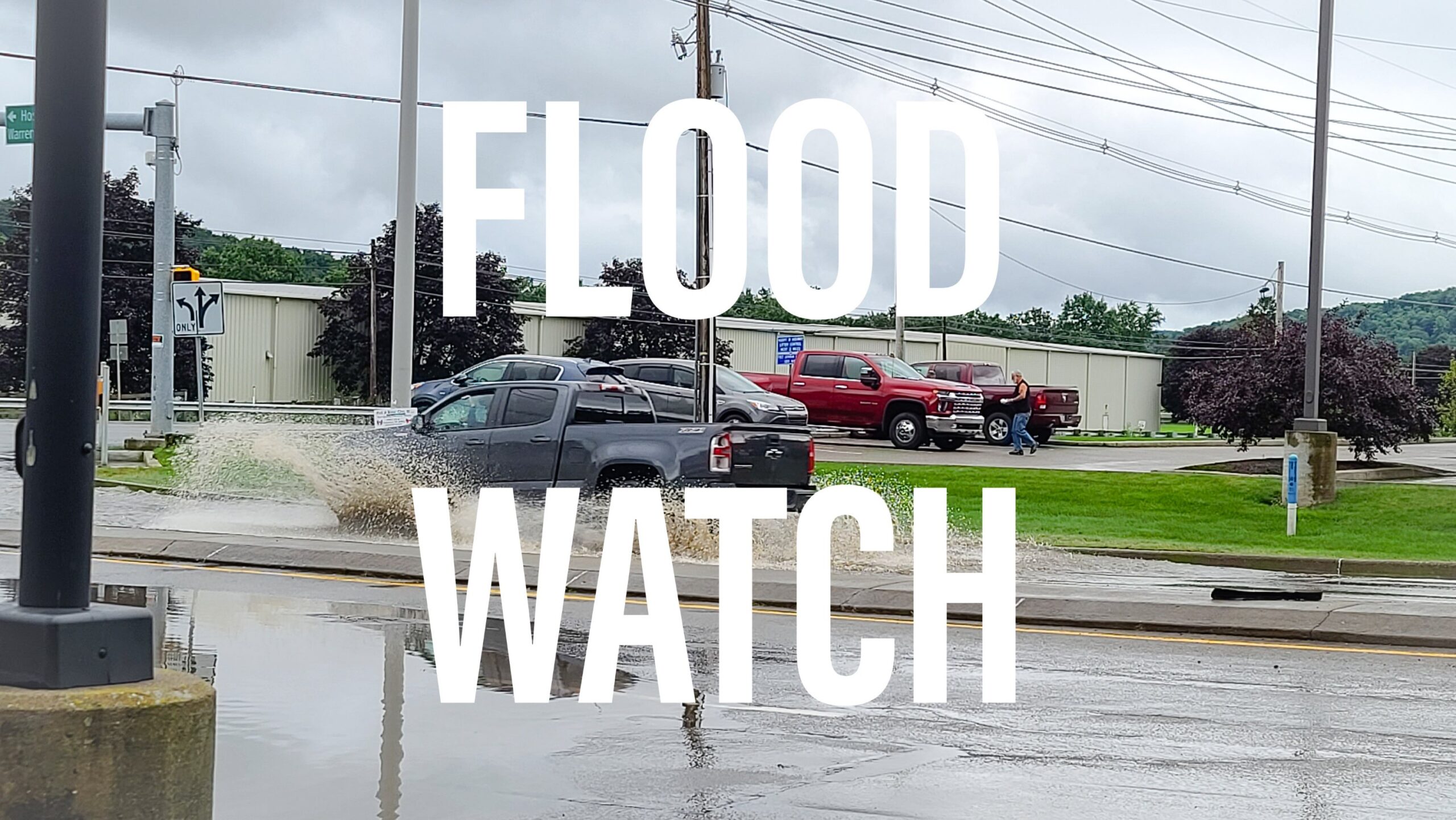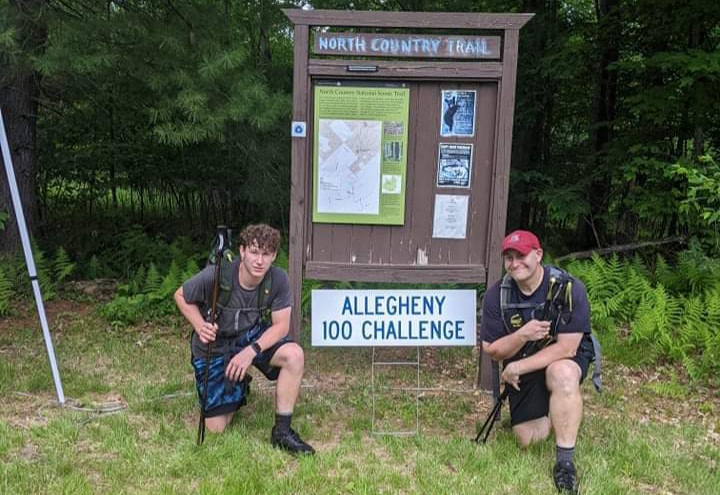Climate problems may seem too big to tackle, yet people all around this great nation are taking action. This is a state-by-state review of how some are responding.
This week’s column looks at: INDIANA and the question is: Why is it important to restore wetlands in Indiana?
The Hoosier State has huge challenges in water quality, a consequence of two historic economic drivers, namely industry and agriculture.
The legacy left by industry is this: Indiana has 20 EPA Superfund sites, many on former industrial manufacturing sites which became handy dumping grounds for toxins, chemicals, and other dangerous waste by-products. These made their way into waterways by direct dumping, surface water run-off, and through groundwater contamination.
On the agricultural side, over the course of 150 years, 85% of the state’s wetlands were drained, dredged, and dried out for conversion to agriculture, or for housing and human development. Part of this process involved burying drainage tiles in the soil. These are systems of interconnected pipes, some as large as 24” in diameter, arrayed to drain water away from arable land and lower the water table. Some drainage tiles are mapped and maintained by County Drainage Boards; others are on private property, unmapped, and not infrequently forgotten until unexpectedly found. These are the responsibility of landowners. Costly removal of drainage tiles can have unintended negative impacts on upstream and downstream neighbors.
The combined effects of toxic waste and agricultural run-off have left Hoosiers with nearly 25,000 miles of rivers and streams that are impaired for swimming or recreation – 73% of the assessed miles – and the dubious distinction of most miles of polluted rivers in the United States, according to a 2022 report by the Environmental Integrity Project. 63% of miles are impaired for fish consumption; 34% impaired for aquatic life.
Although Indiana farmers have aggressively embraced conservation measures that will help mitigate some of farming’s contributions to water quality (especially phosphorus and nitrogen run-off), Hoosiers are finding that it takes many years and a lot of coordination to work on these problems. Many people and a broad array of organizations are working to clean up their nearest pieces of wild land and waterways. For every step forward there are legislative roadblocks setting the effort back, such as State Bill 389 (passed in April 2021) which removed state protections from certain wetland types so that developers could drain some formerly protected lands. This is a real shame, as wetlands are nature’s way of cleaning up rivers.
Wetlands are critical to healthy ecosystems: they function as both sponges and filters. During flood events, they can hold water until the excess is absorbed or the groundwater gets recharged. The roots of trees, woody plants, and other vegetation filter and clean the waters. And of course, wetlands support diverse species of fish, amphibians, and other wildlife. They serve as important rest stops for migratory birds. The fracturing and fragmentation of wetlands is a big challenge in Indiana and is a special focus for land trusts that seek to incorporate isolated tracts of land and make them contiguous, especially in urban/suburban areas. Fragmented wetlands cannot adequately support species biodiversity.
This week’s podcast is from a series you’ll find at midwestoration.com which features tours of various wetlands and land trust projects, led by people actually doing the arduous clean-up. It’s like taking a walk through a reclaimed area with an engaged and knowledgeable guide, more often than not a dedicated neighbor or community volunteer. I only regret that the show host did not raise water quality issues more often. I liked the episodes with lots of birdsong but singled out this one about Loblolly Marsh because it also has historic significance. It’s the 1,800-acre heart of a significant wetland area in East Central Indiana, called the Limberlost Wetlands Preserve.
Limberlost was the subject of a respected book by an Indiana native. It once covered 13,000 acres but was completely subdivided and drained by 1912. Little by little, conservation groups and land trusts have bought old farms and adjoining properties, replaced invasive plant species with native plantings, and renewed habitats for flora and fauna alike.
Podcast: Midwestoration (Oct. 21, 2020)
Episode: Loblolly Marsh with Taylor Lehman [~28 mins]
Alternatively, watch a two-and-a-half-minute YouTube video about these wetlands (title: Limberlost Wetlands Preserve.)
Let me know if you have a podcast to recommend, or have a comment about my column or have trouble finding a particular podcast I’ve mentioned. Happy listening!
[email protected]
Note: This column, part of a series looking at examples of positive climate action, state-by-state, first appeared in the Forest Press 08-03-2022. If you are interested in this state’s topic, check online for updated news, as a lot may have changed in a year.
















